Personal Journeys: Sharing Your Growth as a Designer In the world of design, a portfolio is often seen as the ultimate measure of success. It’s a curated collection of polished projects, a highlight reel of our best work. Yet, the true story of a designer’s journey isn’t found in a perfect final product, but in the messy, often frustrating, and deeply personal path of creative growth. It’s a narrative woven from the threads of initial inspiration, the knots of creative struggle, and the hard-won wisdom that comes from embracing imperfection. Sharing this journey—the unseen process, the humbling failures, and the transformative lessons—is perhaps the most powerful and authentic way to connect with others and showcase true expertise.
My own journey began with the idealistic belief that good design was simply about making things look good. Armed with a few tutorials and a passion for aesthetics, I dove into projects with a naive confidence. The early days were a whirlwind of excitement, but they were also a crucible of self-doubt. The first time a client rejected my meticulously crafted logo, or when a user test revealed my intuitive navigation was anything but, I was crushed. These moments triggered a profound sense of imposter syndrome, making me question whether I had what it took to succeed. I struggled with the feedback, taking it as a personal critique of my talent rather than a constructive opportunity for improvement. The fear of failure became a creative block, leading to safe, uninspired choices.
The turning point came with a particularly challenging project. We were building a complex web application, and the client’s vision was constantly shifting. My initial response was to retreat into frustration, but my team encouraged me to change my perspective. Instead of viewing the flux as a problem, I started to see it as a puzzle to be solved collaboratively. I began to ask more questions, to listen more deeply, and to embrace the messiness of the process. I learned to sketch ideas on a whiteboard with the client, to prototype quickly, and to solicit feedback at every stage, not just at the end. This experience taught me that creativity isn’t a solitary act; it’s a conversation. The best solutions emerge from collaboration, empathy, and a willingness to let go of our own ego.
From this pivotal moment, a new set of lessons began to crystallize. I learned that great design is rooted in empathy. It’s about understanding the needs, frustrations, and desires of the people you’re designing for. The design itself is merely the vehicle for that understanding. I also discovered the importance of continuous learning and adaptability. The tools and trends of yesterday are not the solutions for tomorrow. A designer must be a lifelong student, always curious and willing to explore new technologies and methodologies. Most importantly, I learned the value of resilience. The struggles don’t disappear; they simply change. But with each challenge, I’ve developed a thicker skin and a deeper well of experience to draw from. The rejections and revisions are no longer personal attacks, but rather essential steps in the iterative process of creating something meaningful.
The journey of a designer is an evolving story of personal and professional growth. It’s a constant dance between inspiration and perspiration, confidence and humility. While a portfolio showcases the destination, it is the narrative of the journey—the struggles, the lessons, and the transformations—that truly defines us. Sharing these personal stories not only makes us more human but also serves as a guide for others embarking on their own creative paths, reminding them that the imperfections are not setbacks, but the very essence of growth.
